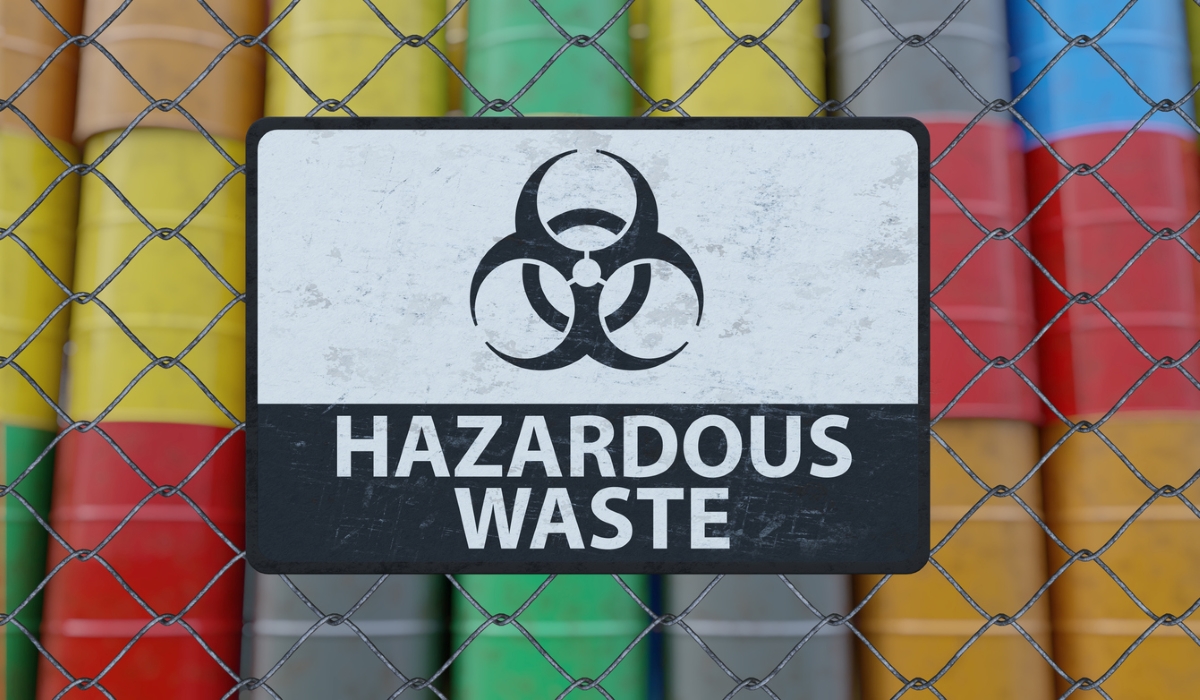

We may earn revenue from the products available on this page and participate in affiliate programs. Learn More ›
It’s scary to think about, but some everyday items we all have in our offices, kitchens, garages and cars actually qualify as hazardous waste. While some offenders are fairly obvious (for instance, oil-soaked rags and rechargeable batteries), others, such as worn tires and old shoes, may seem innocuous. All can pose serious risks to both wildlife and humans. Contaminated soil, air, and water from waste serve as breeding grounds for pests like flies, rodents, and insects; can harm wildlife and pollute waterways; and can cause stomach ailments, infections, poisoning, and more. Look out for these common household items that are considered hazardous waste, and be sure you’re using and disposing of them safely.
What Makes Waste Hazardous?
In order for a substance to be considered hazardous waste, it must have at least one of the following characteristics:
- Poisonous
- Corrosive
- Explosive
- Flammable
To protect the environment and those living in it (particularly sanitation workers, who encounter them most freqently), hazardous items should be disposed of in the safest way possible. Check with your local municipality to learn about disposal restrictions and options, including special e-waste events. If you have any of these gadgets or materials in your home,
1. Computer Monitors
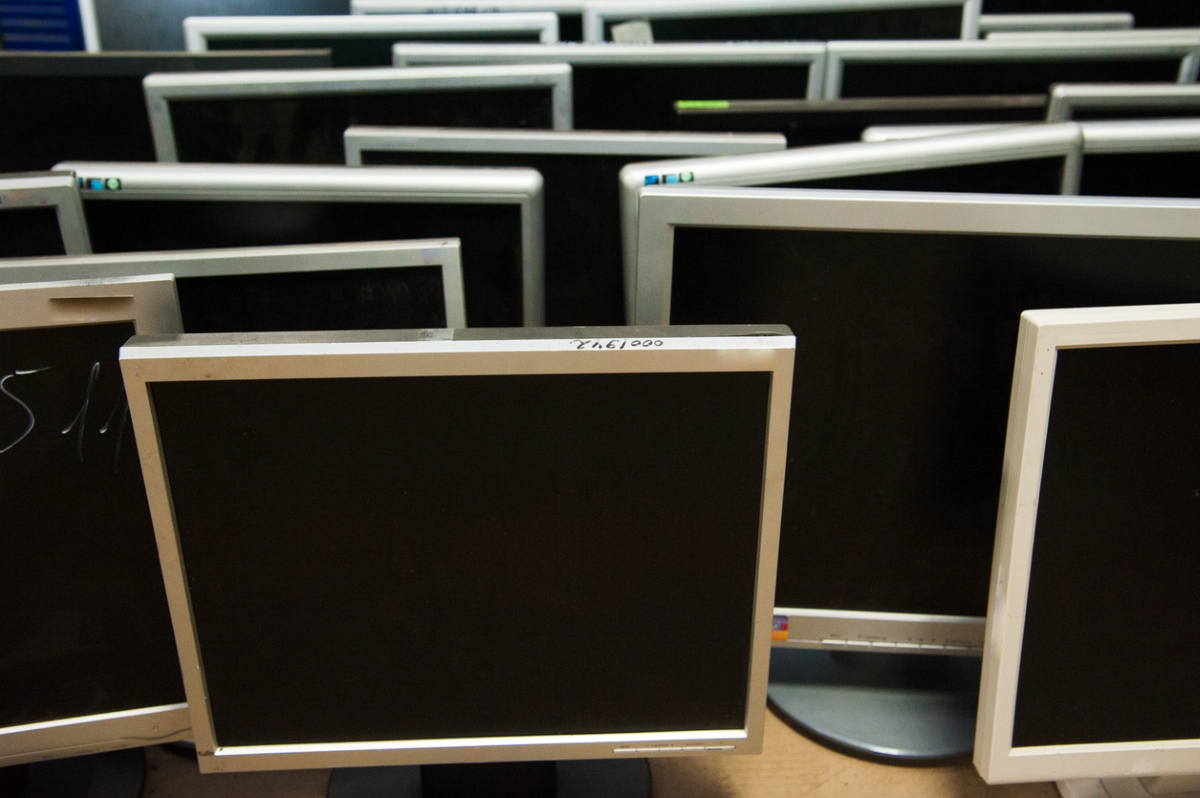
As computer monitors get larger, cheaper, and lighter, upgrades become more tempting—and frequent. But that old monitor you’ll be discarding contains heavy metals that can contaminate landfills. In some communities, it may even be illegal to toss a monitor in the trash. Look for a local recycling center that will take it or, as an alternative, take it to a Best Buy store; in most states, they’ll accept old computer monitors, typically for a fee. The company also offers discounts in exchange for recycling certain products. Keep an eye out for promotions.
2. Thermometers
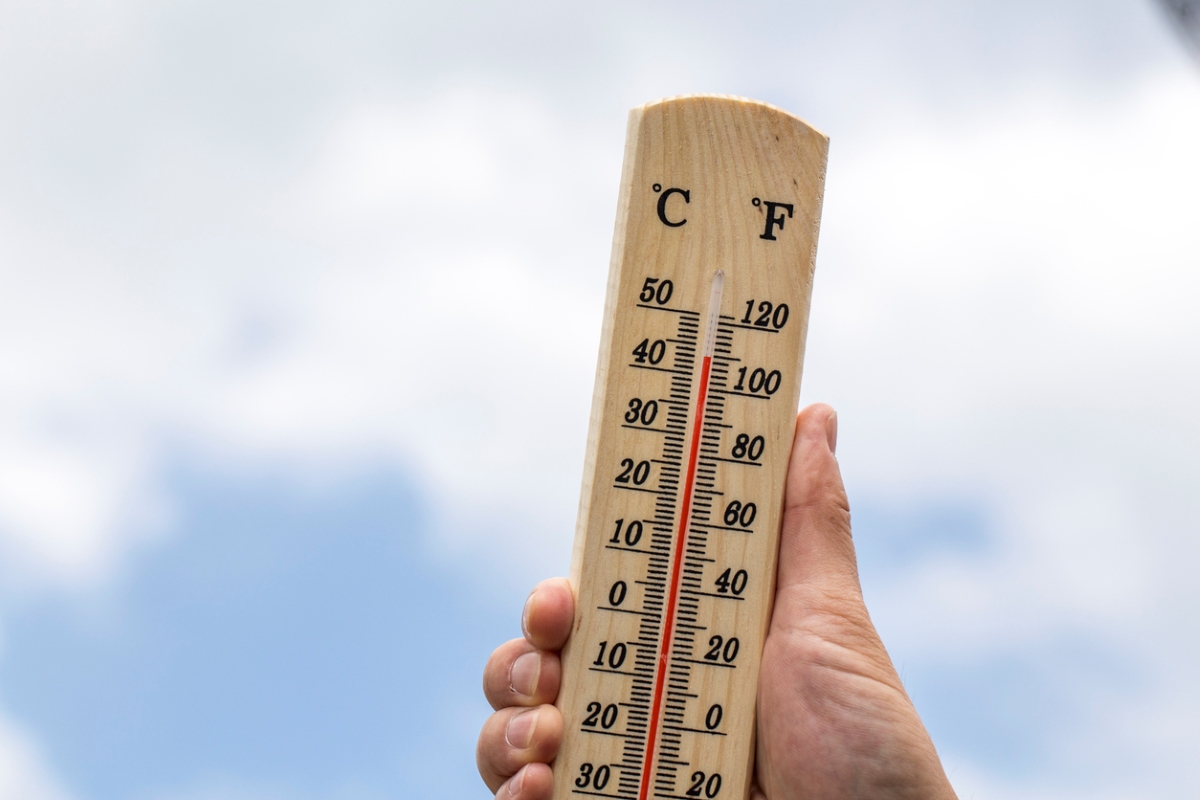
Mercury thermometers have been phased out because of the element’s toxicity, but you may still have one in your home. Rather than tossing it in the trash, where there’s a chance it could break and spill mercury, check with your local health department, pharmacy, or doctor’s office. Some health-care organizations may offer a mercury-free thermometer in exchange for your old one.
RELATED: We Researched 30 Indoor Thermometers, But We Like These 10 the Best
3. Medications
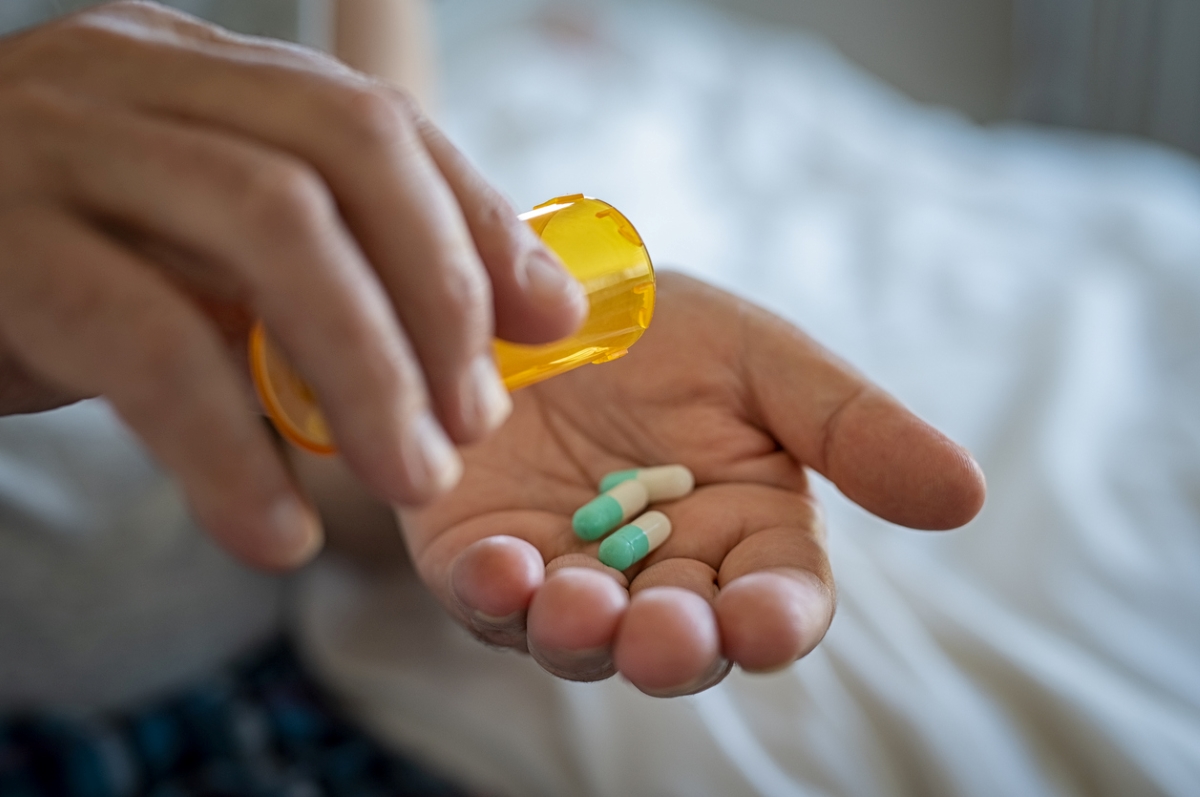
Ingesting certain medications, including OxyContin and fentanyl, can result in injury or death, particularly if they’re taken by a person other than the one they were prescribed for. Never throw medications in the trash where someone could dig them out or a pet could ingest them. Call your local pharmacy or police station to ask if they have a take-back program. If they don’t, consult the FDA’s Flush List to find out which medications you can flush if no take-back options are available.
4. Rechargeable Batteries
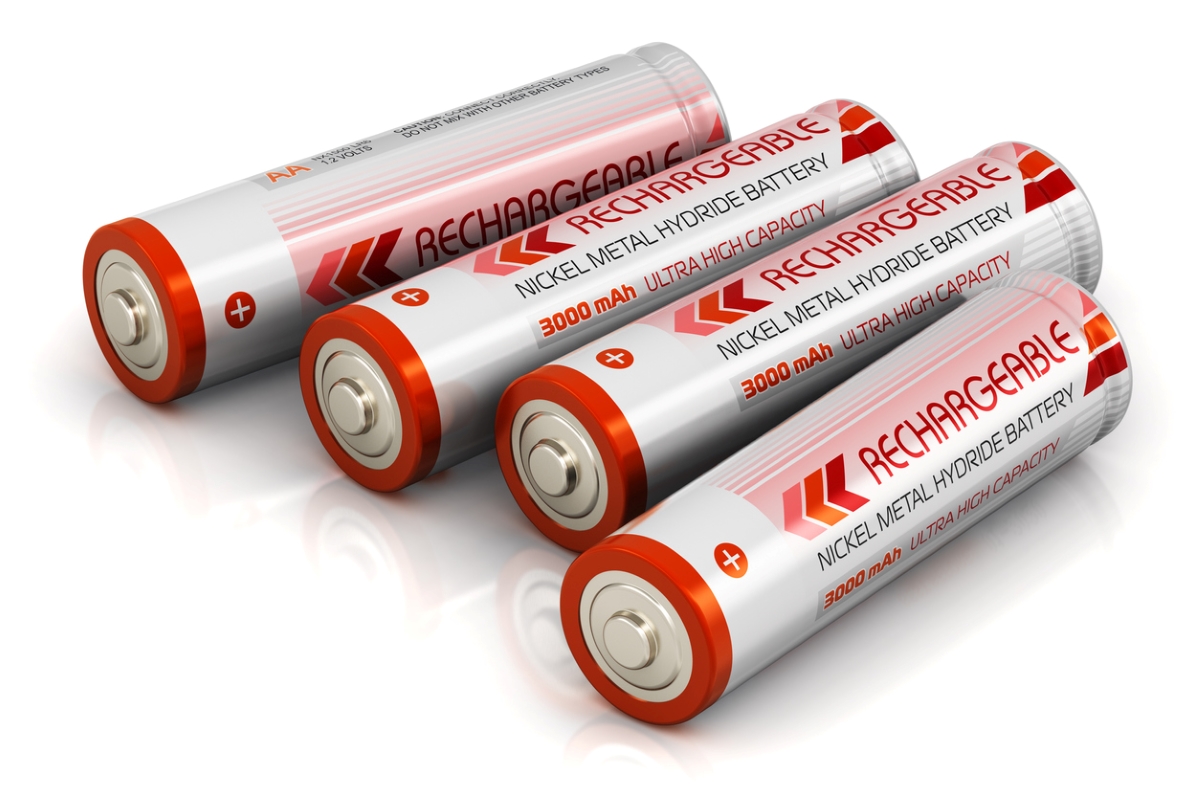
Found in cell phones, laptops, power tools, and even some toys, rechargeable batteries contain heavy metals such as lead and cadmium as well as a host of chemicals that can pollute the environment and groundwater if they’re put out with trash. When you’re ready to get rid of a rechargeable battery, put it in a sealed plastic bag and then call your local trash authority to find out where you should take it for disposal. Keep in mind that Staples stores will usually take rechargeable batteries, as will Home Depot stores in most states.
5. Rags Used to Apply Stain
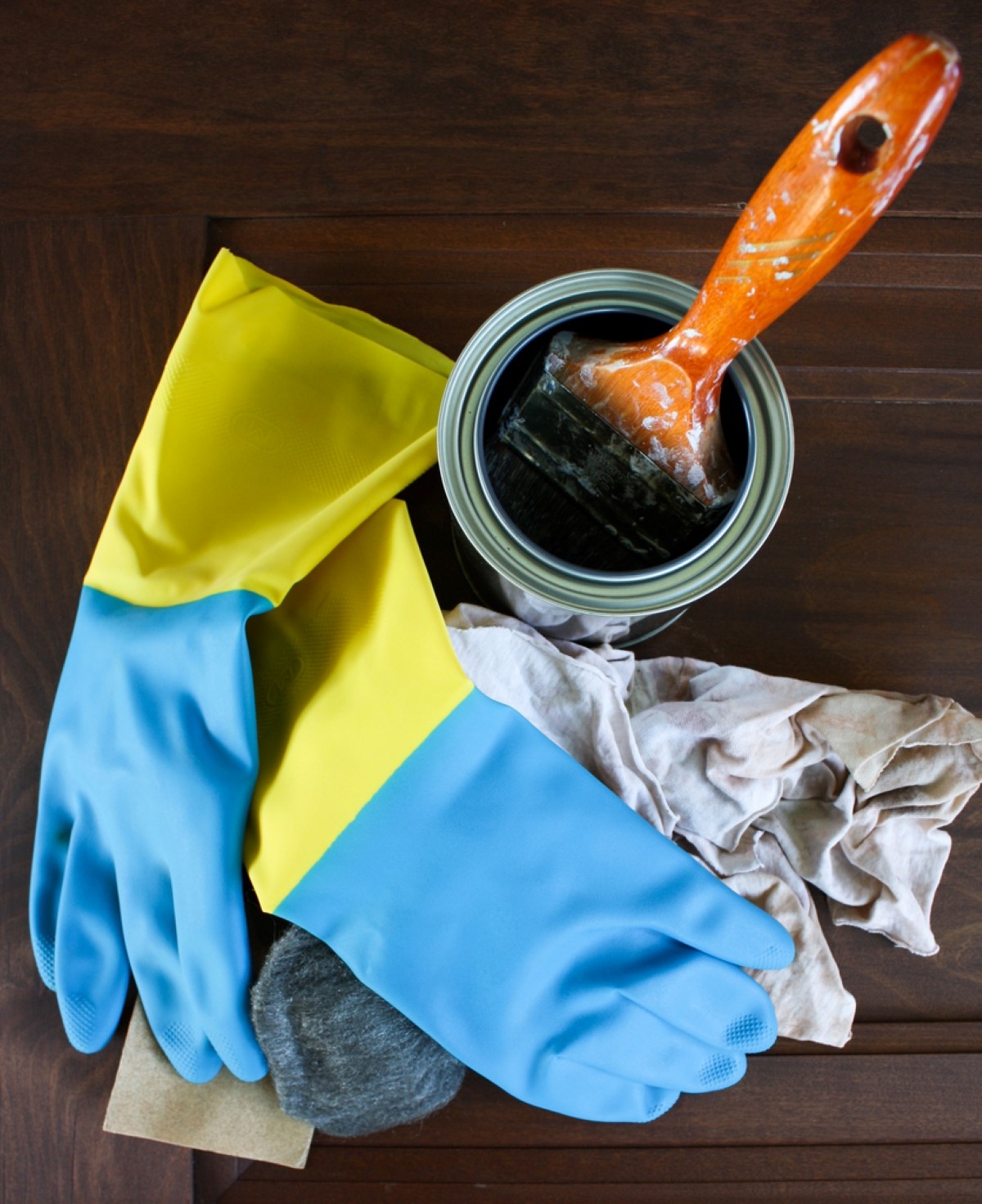
You probably know you shouldn’t throw away partially used cans of paint or wood stain, but you may not know that it’s also dangerous to discard rags that are damp from stain in the trash. The chemicals in wood stain are highly flammable, and the damp rags can spontaneously combust if they’re thrown away while they’re still wet. Before you can safely throw them away, you must first spread them out to dry.
6. Old Thermostats

The thermostat is another common item that contains mercury, so it should never go in the trash. Newer digital thermostats don’t pose a problem but, according to the EPA, if you’re replacing an old one that has a tubular glass “tilt switch,” you’ll need to take it to a local hazardous waste collection center.
7. Propane Cylinders
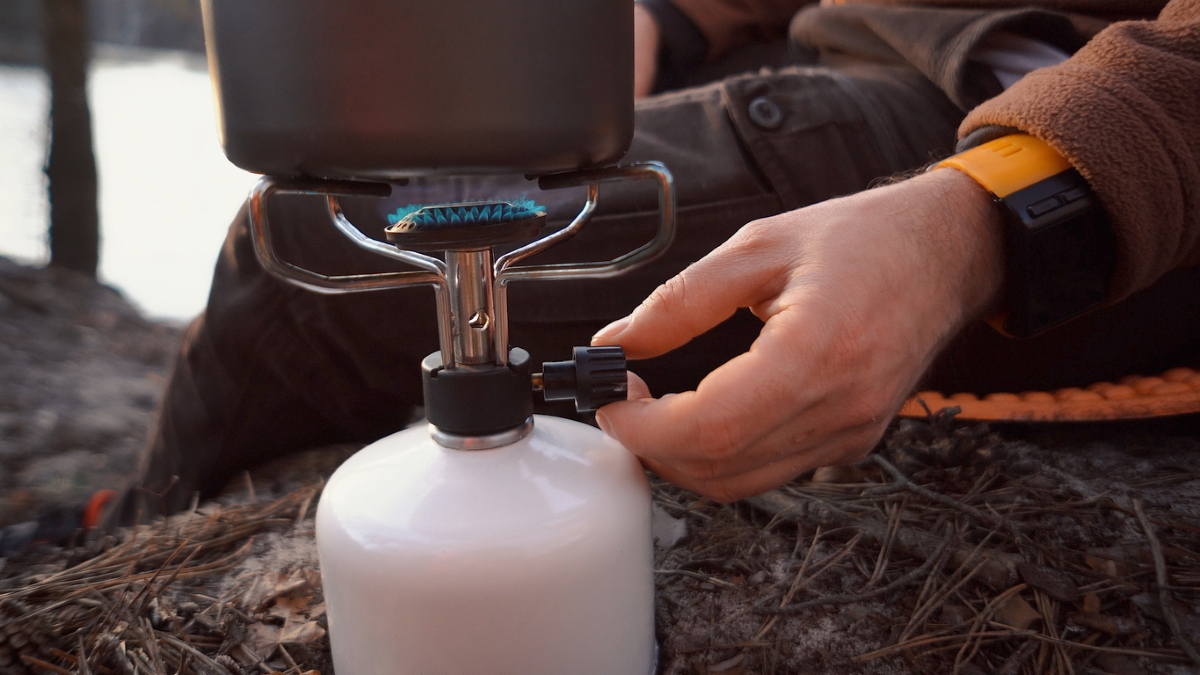
Used to power camp stoves and personal-size outdoor heaters, small, 1-pound propane cylinders should be emptied completely, punctured with a nail or a screwdriver (if required by your local recycling center), and then added to the tin bin. If, however, a cylinder is still partially full, drop it off at your local hazardous waste collection center.
RELATED: How to Dispose of Propane Tanks the Right Way
8. Automotive Fluids
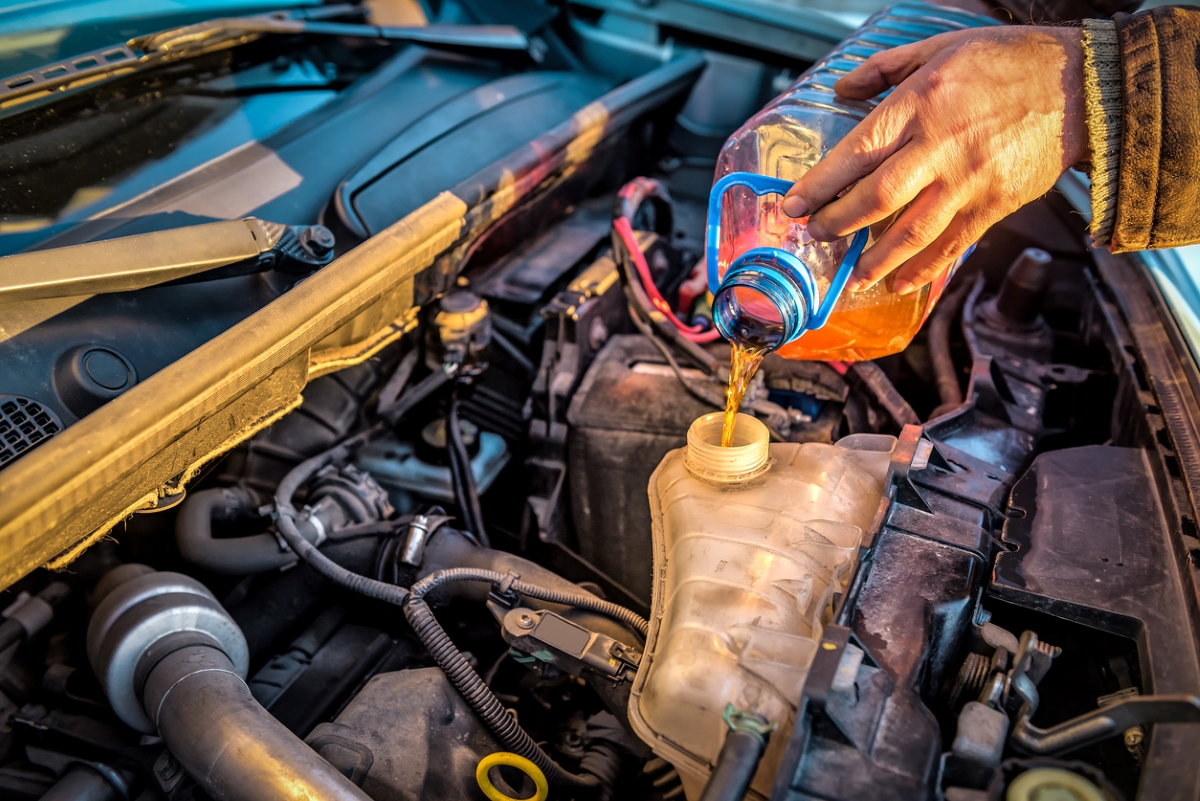
If you’re handy at working on cars, you can save a lot of money by changing your automobile’s oil and antifreeze yourself. Just don’t even think about dumping those liquids on the ground where they can contaminate the soil and poison animals. Pour the fluids into a large plastic bucket with a fitted lid, and then call an auto repair shop, which can safely dispose of it for you, though they may charge a nominal fee. Failing that option, you can also bring auto fluids to your local hazardous waste collection site.
RELATED: The Best Synthetic Oils for Your Car or Lawn Equipment
9. Leftover Pesticides
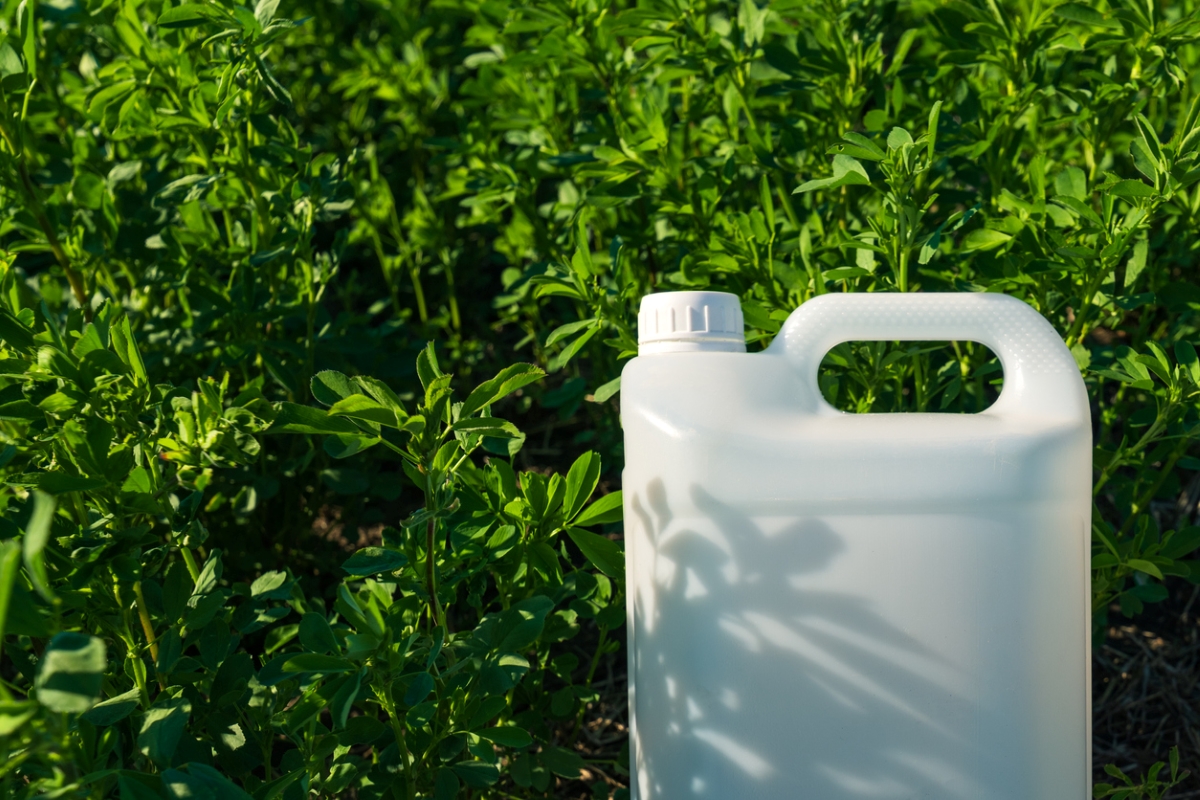
The pesticide you use to control unwanted critters in your yard has an expiration date, after which it’s not as effective. But even then, it shouldn’t go in the trash. Call 1-800-CLEANUP (1-800-253-2687), go to earth911.com, or contact your State Health and Environmental Agency for product-specific disposal instructions.
10. Printer Ink Cartridges
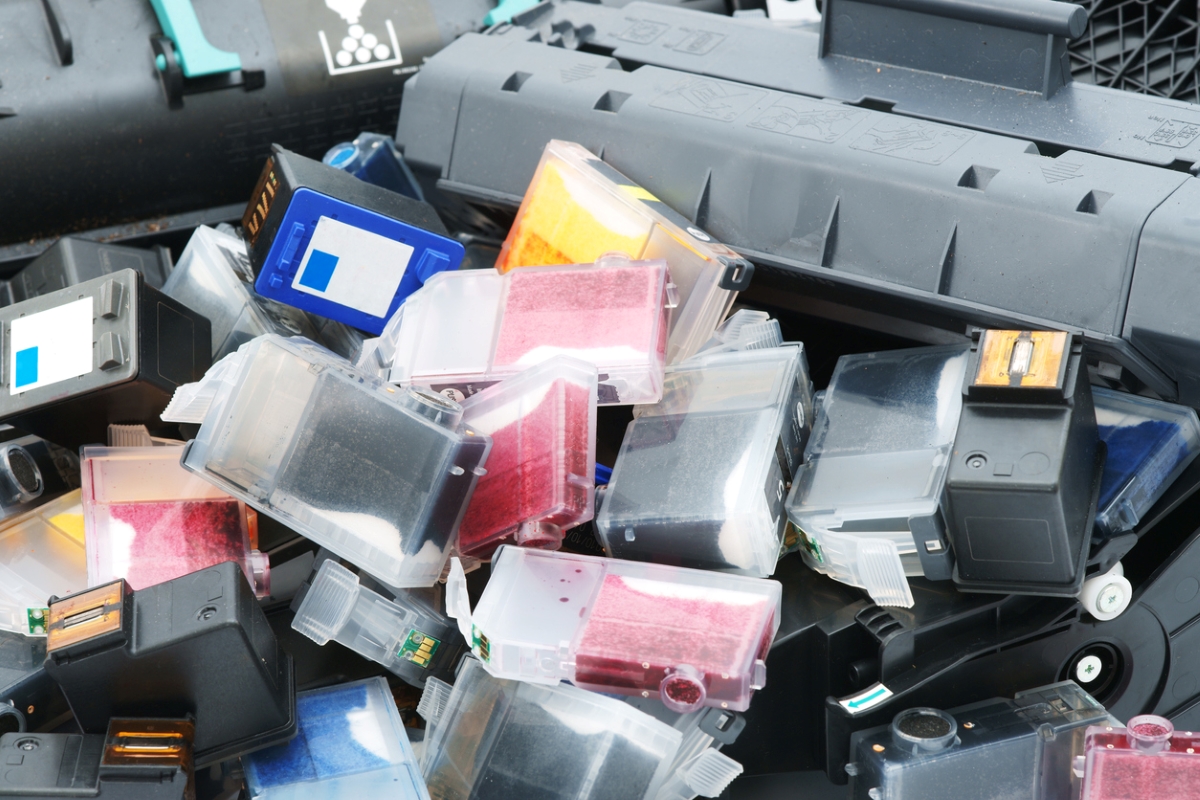
While printer ink itself isn’t toxic, the plastic cartridges the ink comes in aren’t biodegradable. They’ll take up space in the landfill for up to 1,000 years before they finally decompose. Fortunately, many retail stores, including Walgreens, Office Depot, and Staples, will recycle them for you—and they may even pay you a small return fee for bringing them in.
RELATED: 14 Things It’s Illegal to Throw in the Trash
11. Old Tires
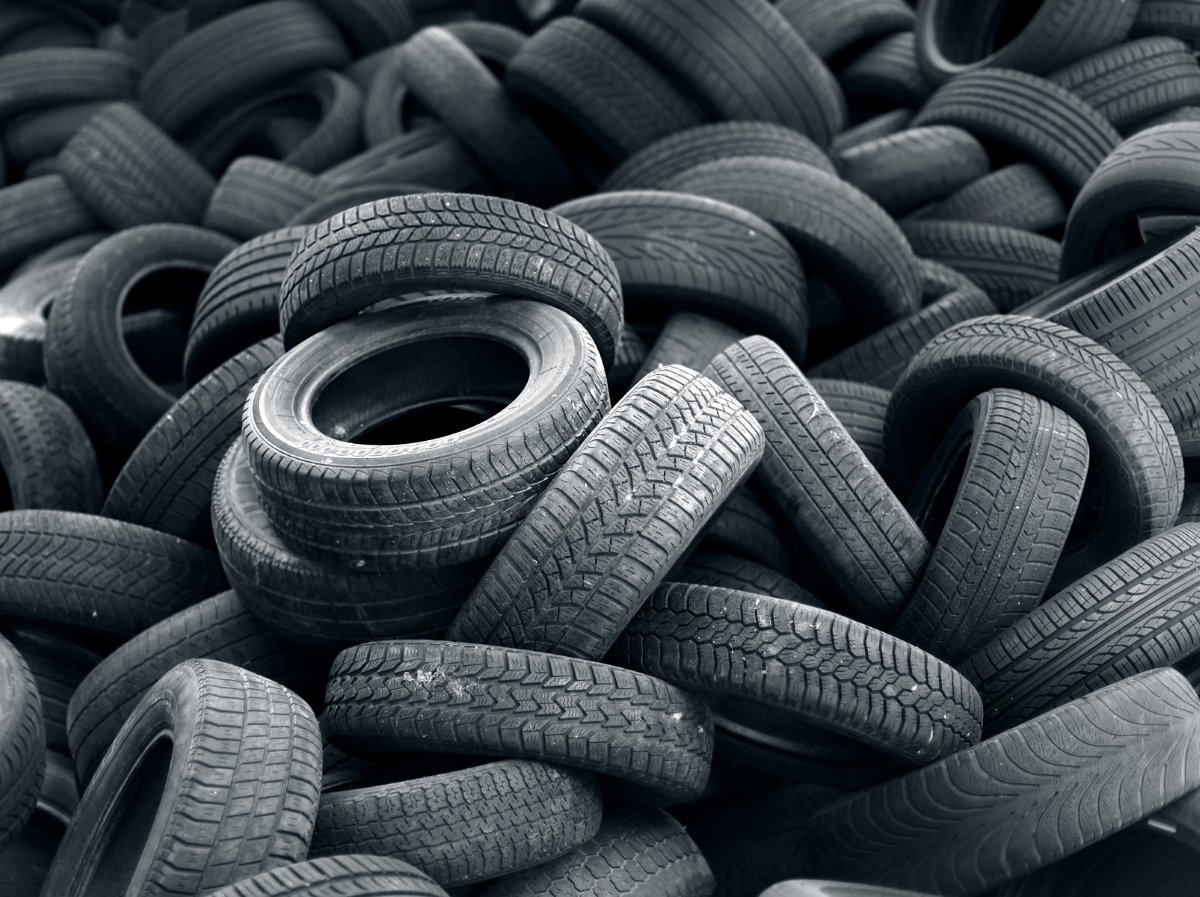
After you replace your car’s tires, don’t even consider dumping the worn-out ones in the landfill. Many landfills have banned tires because they take up so much space and don’t biodegrade. As well, their shape makes them difficult to bury, and, according to the EPA, they’re great breeding grounds for mosquitoes. Even worse is the prospect of a tire fire in a landfill, which releases toxic chemicals into the air and is difficult to extinguish. Be a good citizen and check out your state’s scrap tire program to find out where you can dispose of old tires legally.
RELATED: 13 Hacks Every Car Owner Should Know
12. Adhesives
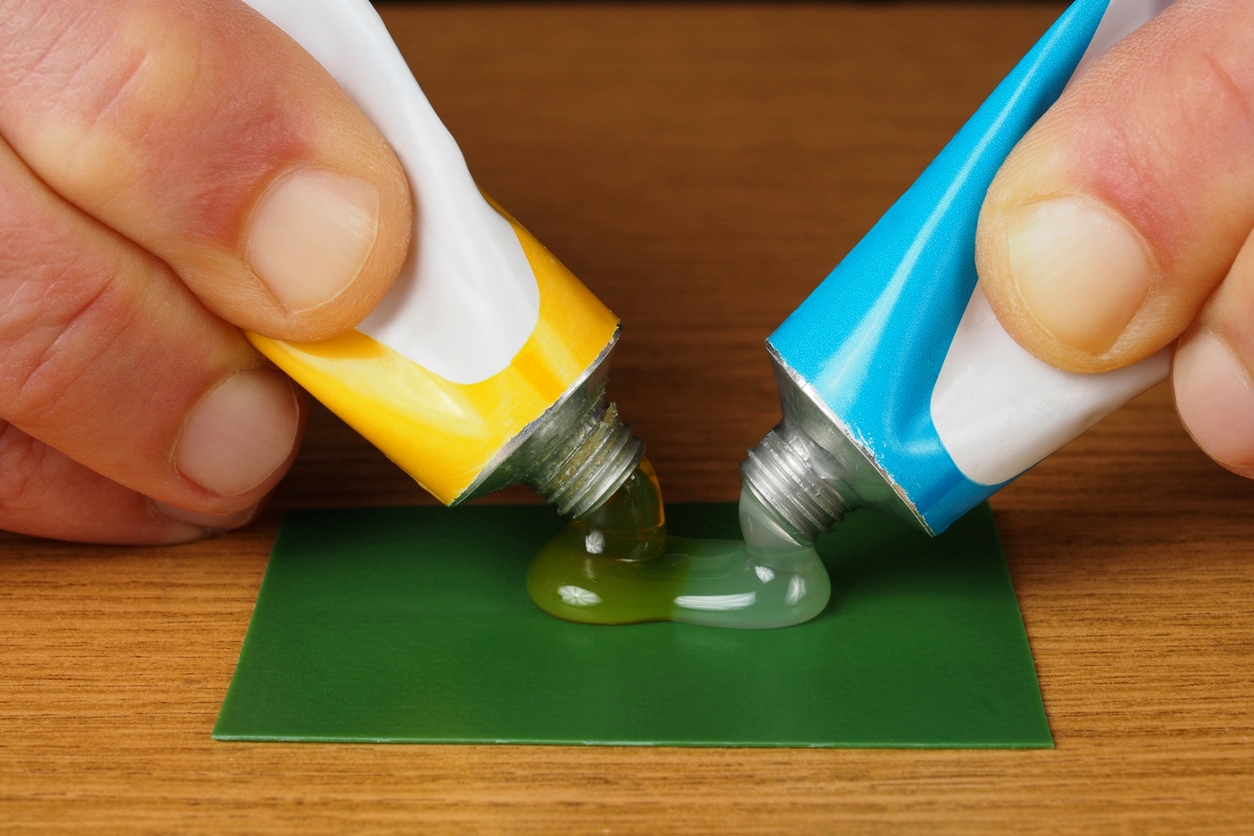
Many different types of glues and adhesives are used in household and workshop projects, but a number of these, including rubber cement and epoxy, contain solvents that will contaminate the environment, so don’t toss them in the trash. Disposal instructions are printed right on their packaging, and may involve opening the lid to let the product dry completely before bringing it to a hazardous waste collection center.
13. Vintage Shoes With Flashing Lights

They once were all the rage, but if you still have a pair of athletic shoes made before 1997 that have built-in lights that flash with every step, they may contain mercury, according to Stanford University. Don’t toss them out and don’t let Fido chew on them; instead, take them to a hazardous waste collection center.
14. Nail Polish Remover
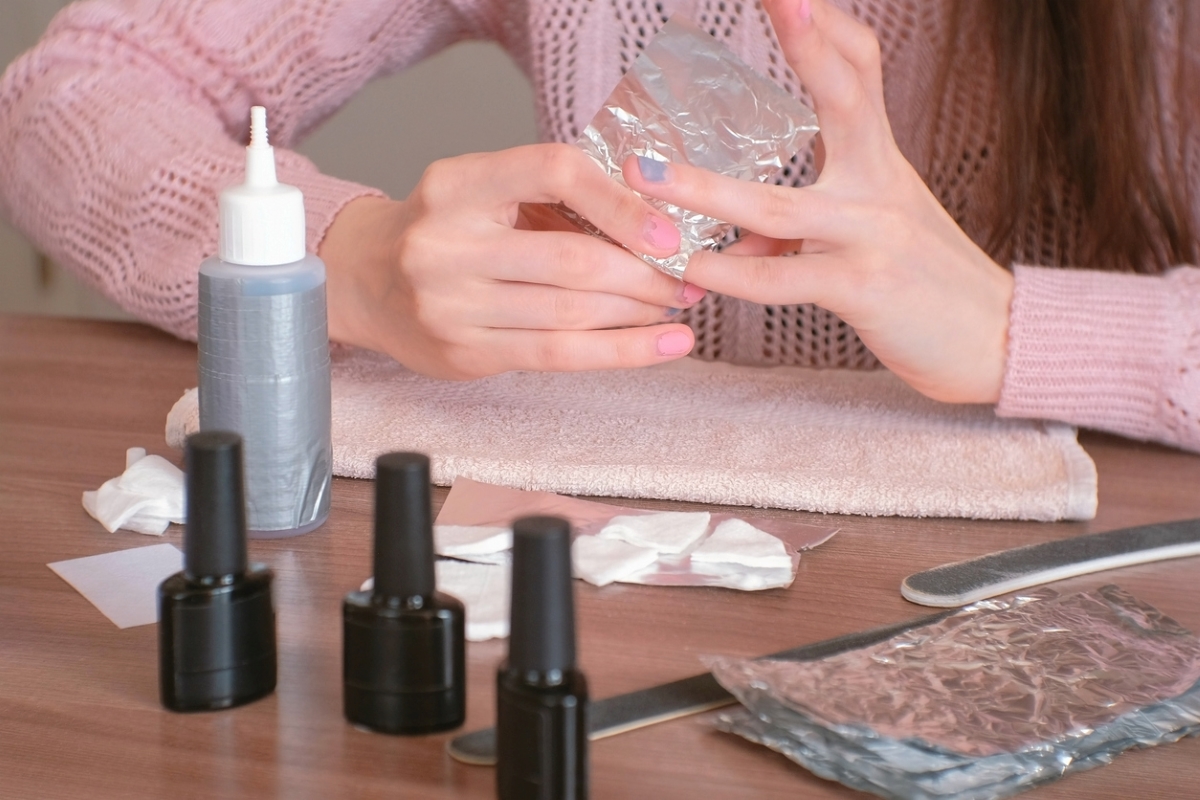
Nail polish remover contains acetone, which emits highly flammable vapors. To reduce the risk of fire, allow saturated cotton balls and swabs to dry completely before throwing them away. Place used bottles and jars that contained nail polish remover in a separate plastic bag, tie the top closed, and then throw the bag in the trash.
RELATED: 10 Unusual Uses for Acetone at Home
15. Broken Light Bulbs
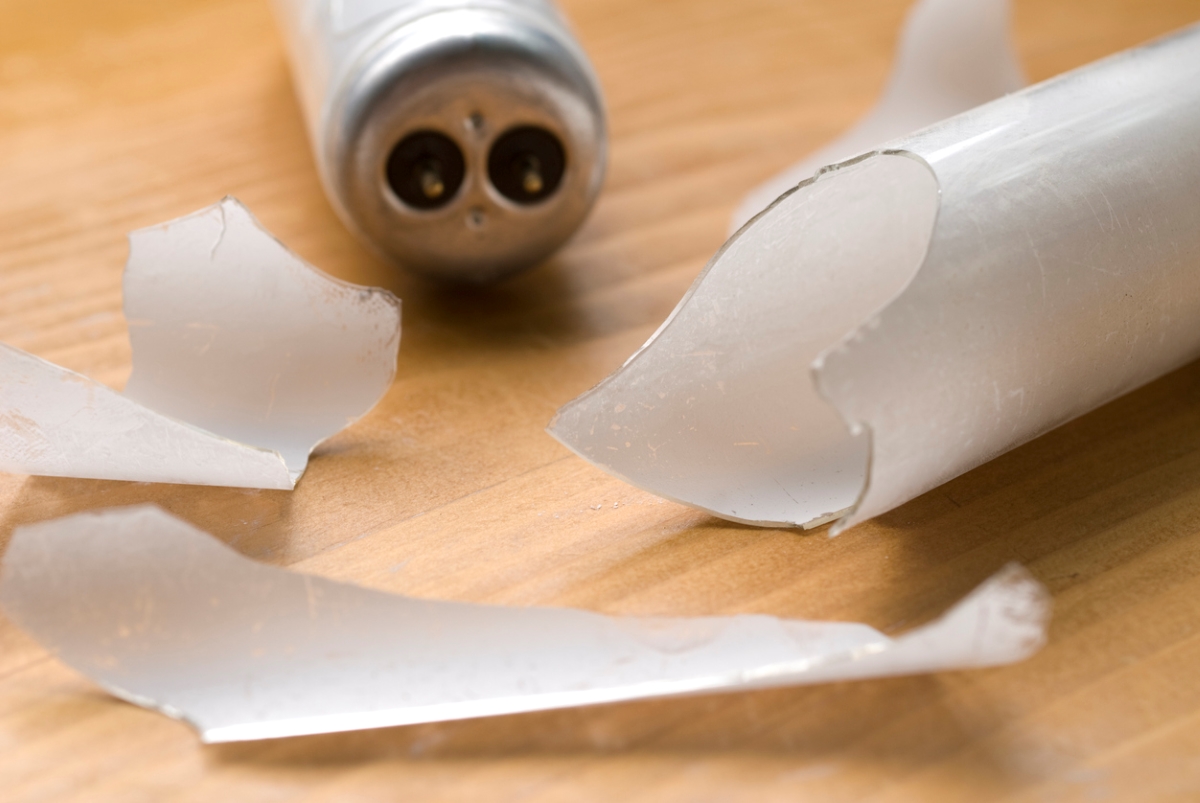
Not all types of light bulbs present a hazard when they break, but compact fluorescent bulbs (CFLs), black lights, tanning bulbs, and the bulbs used in bug zappers contain mercury vapor. If you break one, don’t vacuum it up. Instead, air out the room for 5 to 10 minutes, then pick up the large pieces and put them in a glass jar, and use sticky tape to pick up the tiny shards. Put the used sticky tape and any other light bulb debris in the jar, secure it with a lid, and then put the jar in a sealed plastic bag and take it to a hazardous waste collection center.
16. Certain Cleaning Products
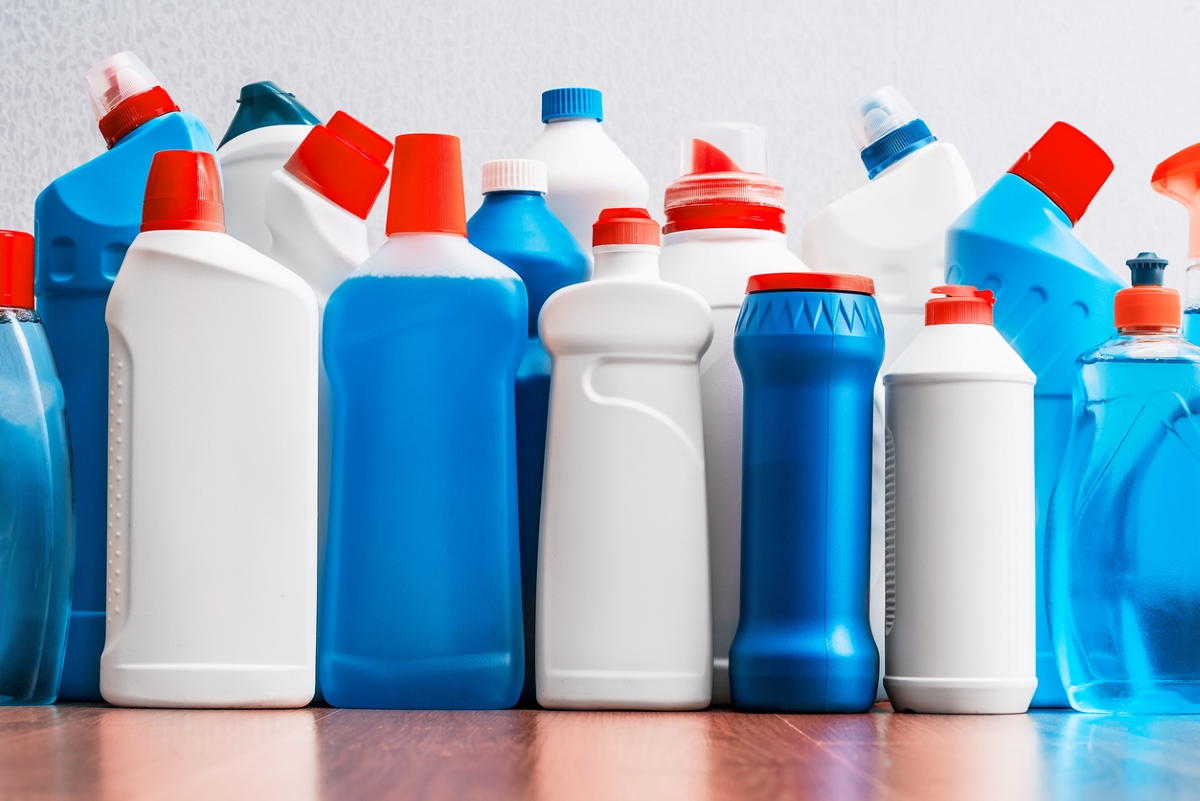
While household cleaners are safe when used as directed, some common cleaning products, including bleach and oven cleaners, contain sodium hydroxide (also known as lye) and other chemicals that can contaminate water sources when poured down drains or dumped in the garbage. Follow local guidelines for the best way to dispose of these products. Additionally, opt for eco-friendly cleaning alternatives whenever possible to minimize the environmental impact of more caustic concoctions.
RELATED: 15 Cleaners That Can Do the Most Damage
17. Aerosol Cans
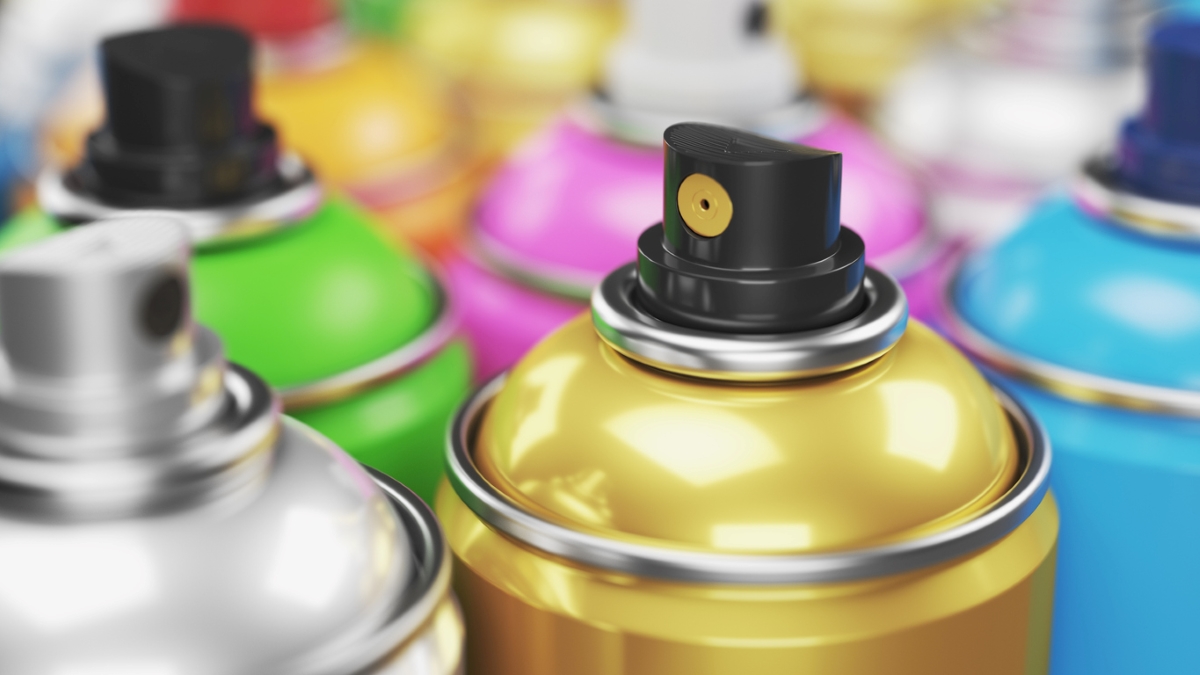
Aerosol cans are used for dispensing a broad range of products, including paints, pesticides, personal care products, and more. Ubiquitous though they are, their pressurized nature and the potentially harmful chemicals they contain make them hazardous if not disposed of properly. As well, aerosol cans contain propellants such as hydrocarbons or compressed gas that can contribute to air pollution if released improperly. Aerosol cans should be emptied completely before disposal. Check your local waste disposal guidelines to determine if you can recycle empty aerosol cans. If you have full or partially full aerosol cans for disposal, consult your local waste management company or take them to an approved collection site where they can be professionally punctured and drained of any residual contents.
RELATED: The Dos and Don’ts of Spray Painting
18. Some Kids’ Toys
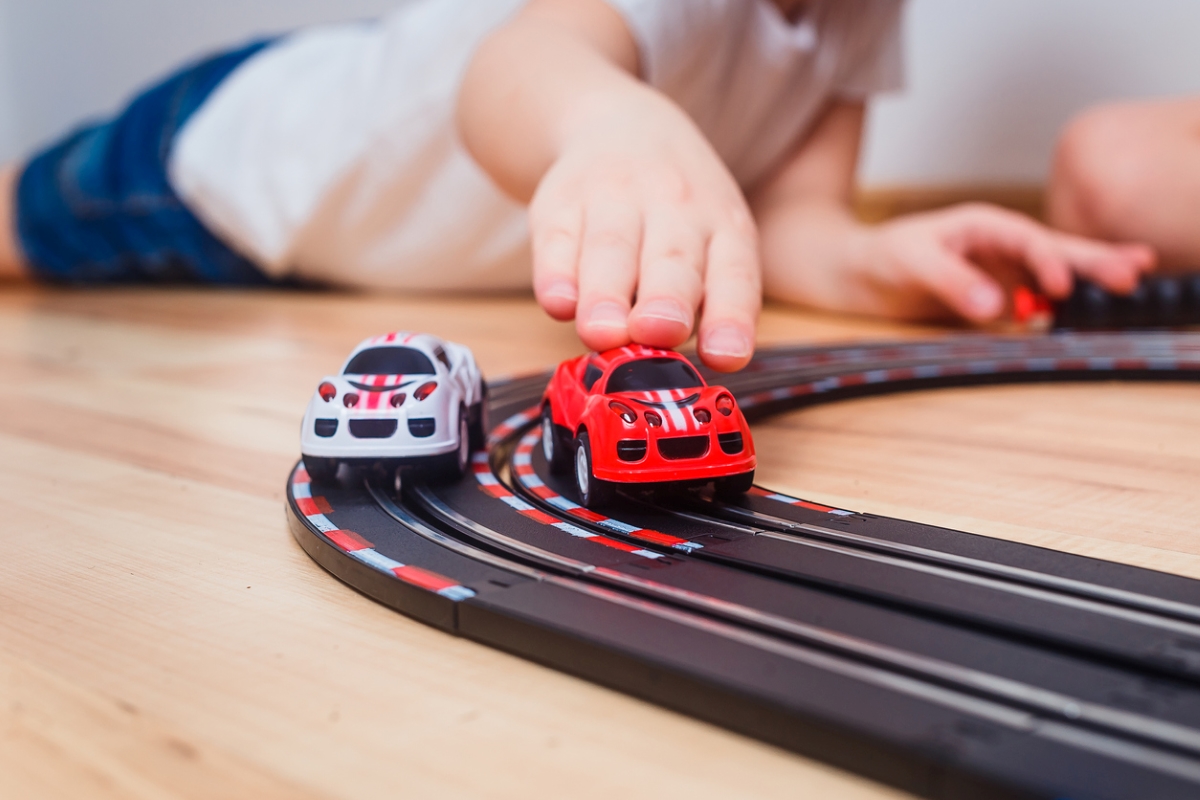
Children’s toys that contain lead can be harmful to the environment if they are not disposed of properly. When such toys end up in landfills, the lead can leach into the soil and water, impacting the environment and potentially harming plants, wildlife, and humans. In 2007, numerous toy companies issued recalls for millions of toys that were tainted with lead. Those that escaped the recall may have long since been consigned to landfills, but if you come across an older toy that may contain lead, place it in a disposable bag and take it to a local waste collection center to ensure it’s thrown away properly.
19. Used Cooking Oil
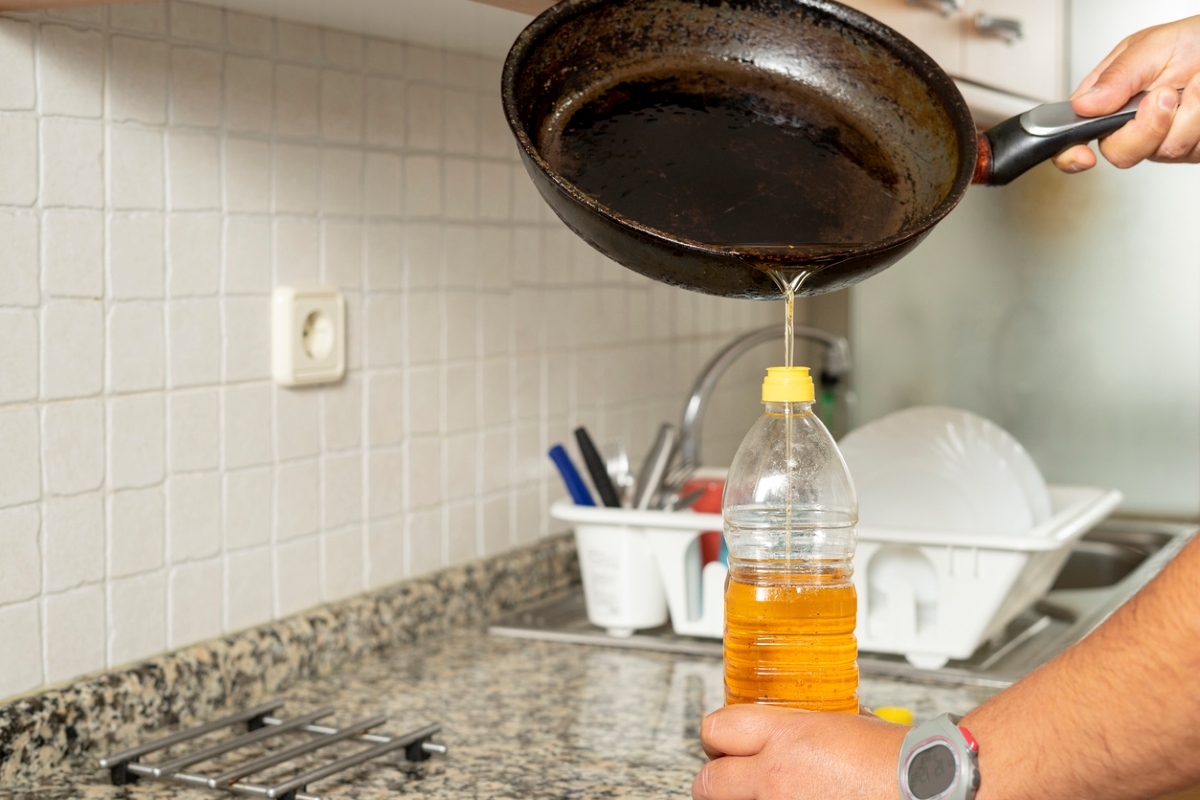
When poured down the drain, cooking oil can seriously clog and even damage sewage systems, and if untreated for too long, can transmit bacteria and other hazards into local water sources. (When a large cooking oil spill enters a body of water, it can also form a thick layer of oil that can harm marine life.) To properly dispose of used cooking oil, wait for it to cool and solidify, pour it into a sealed container, and throw it out with the household trash. Also check with your local municipality: Some recycling centers and hazardous waste collection sites will accept used cooking oil.
RELATED: How To: Dispose of Cooking Oil
20. Fire Extinguishers

Fire extinguishers contain chemicals that can contaminate soil and water if not handled correctly. Additionally, the canisters are pressurized, and if they are not emptied or depressurized properly, they can explode. Contact your local household hazardous waste facility, or check the label on your fire extinguisher for specific disposal instructions.
